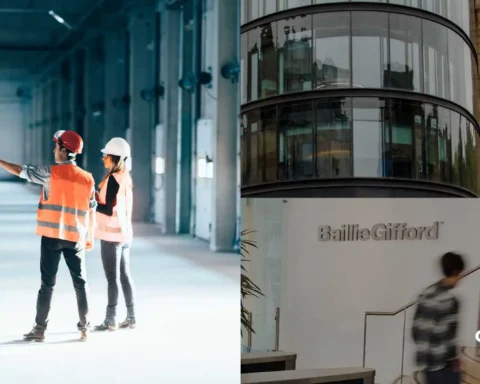In today’s competitive business market, mergers and acquisitions are quite common. From large-scale ones such as Tata Group and Air India to smaller ones, forming business combinations is a common way for companies to create more powerful entities that can dominate the market. In this blog, we’ll explore the top causes of business combinations, the types of business combinations, and the benefits they bring to the combined entity.
Table of Contents
Understanding Business Combination
A business combination transaction refers to the amalgamation of two or more companies to form a single or combined entity to improve operational performance. The primary purpose is to create a single company that can grow and achieve long-term financial success. Forms of combination include mergers, acquisitions, joint ventures, and strategic alliances. The happenings of these mergers and formations have increased due to the advent of globalization, allowing companies to work with partners from across the globe.
Types of Business Combinations
Both nature and intention classify causes of business combinations into several types. The formation of business combinations depends on the company’s needs and how it aims to solve its problems.
Horizontal Combination: This refers to when companies in the same industry combine to eliminate competition and gain a larger market share.
Vertical Combination: Vertical combination between companies happens when companies in different stages of production, such as suppliers and manufacturers, merge.
Lateral Combinations: Lateral combinations are when companies in related industries combine to broaden their product lines. This can allow for increased specialization and larger market share in multiple industries.
Circular Combination: Companies operating in different, related lines come together to gain efficiency. This can be seen in retail chain companies, as mergers allow organizations to better their supply chain or product sourcing.
Diagonal Combinations: Companies in unrelated sectors combine to diversify operations and improve business acumen.

Key Causes of Business Combinations
Economies of Scale
One of the major causes of business combinations is to achieve economies of scale. Large-scale production reduces the cost of production by spreading fixed costs over a larger output. Companies can reduce expenses on raw materials, production facilities, and distribution networks. Joint stock companies are also better able to protect their interests and achieve larger economic success.
Market Expansion and International Market Reach
Mergers and acquisitions enable a business to penetrate new markets, especially internationally. By integrating resources, trade associations, trade cycles, and business cycles, companies are able to reach global markets much more effectively. Strong management strategies emphasizing global market reach allow dual-listed companies to enhance their capabilities over time and become global giants.
Reduction of Costs and Efficient Operation
Any single business combination reduces the redundancy of processes, shows improved financial statements, and assures management. These result in persistent performance and lower cost efficiency. Actionable insights into performance and operations also allow for strong and effective management. The growth of business combinations through this acquisition method leads to industrial combinations that are highly efficient and profitable.
Access to Better Resources
Access to better resources is one of the causes of business combination. Combinations provide firms with access to raw materials and ensure a secured supply of them, resulting in less dependence on other suppliers and good integration of all production activities. Access to better resources also means that companies gain access to complex technology and cutting-edge technology and increase technological security protocols.
Tax Benefits and Destruction of Competition
Firms occasionally acquire or merge with others solely for the purpose of taxes. A good structure of business combination leads to lower taxation, reduces the resultant tax liability, and, therefore, increases financial results. Another one of the causes of business combinations is for companies to merge to increase their market share and gain a competitive advantage. Through the process of acquisition and amalgamation, the companies can centralize their existence in the industry and hence increase their probability of dominating the market.
Business combination transactions are often aimed at improving financial statement stability by reducing the impact of trade and business cycles. The combination of the two firms thus leads to a stronger financial structure that enhances long-term profitability.
Conclusion
Business combinations are a major development in many industries. By forming single entities or combined entities, firms optimize their production facilities, smooth out financial performance, and maximize their market share. While the types and causes of business combinations may vary, they often benefit the entities involved. The advantages of these combinations often go beyond monetary gain, as they allow the companies involved to gain large market share, globalize their company, and make their operations more efficient.

FAQs
What are the Effects of Business Combination?
The effects of a business combination may include market monopolization or a large concentration of power within one entity. This can lead to reduced competition and higher financial gain for those involved.
Why are Business Combinations Formed?
Causes of business combination can include achieving growth, reducing costs, expanding market reach, enhancing competitiveness, and increasing shareholder value. Combinations may also be formed to gain efficiency in operations, technology, or resources.
What are the Types of Business Combinations?
Types of business combinations can include horizontal combination, lateral combination, vertical combination or circular combination, among others.









